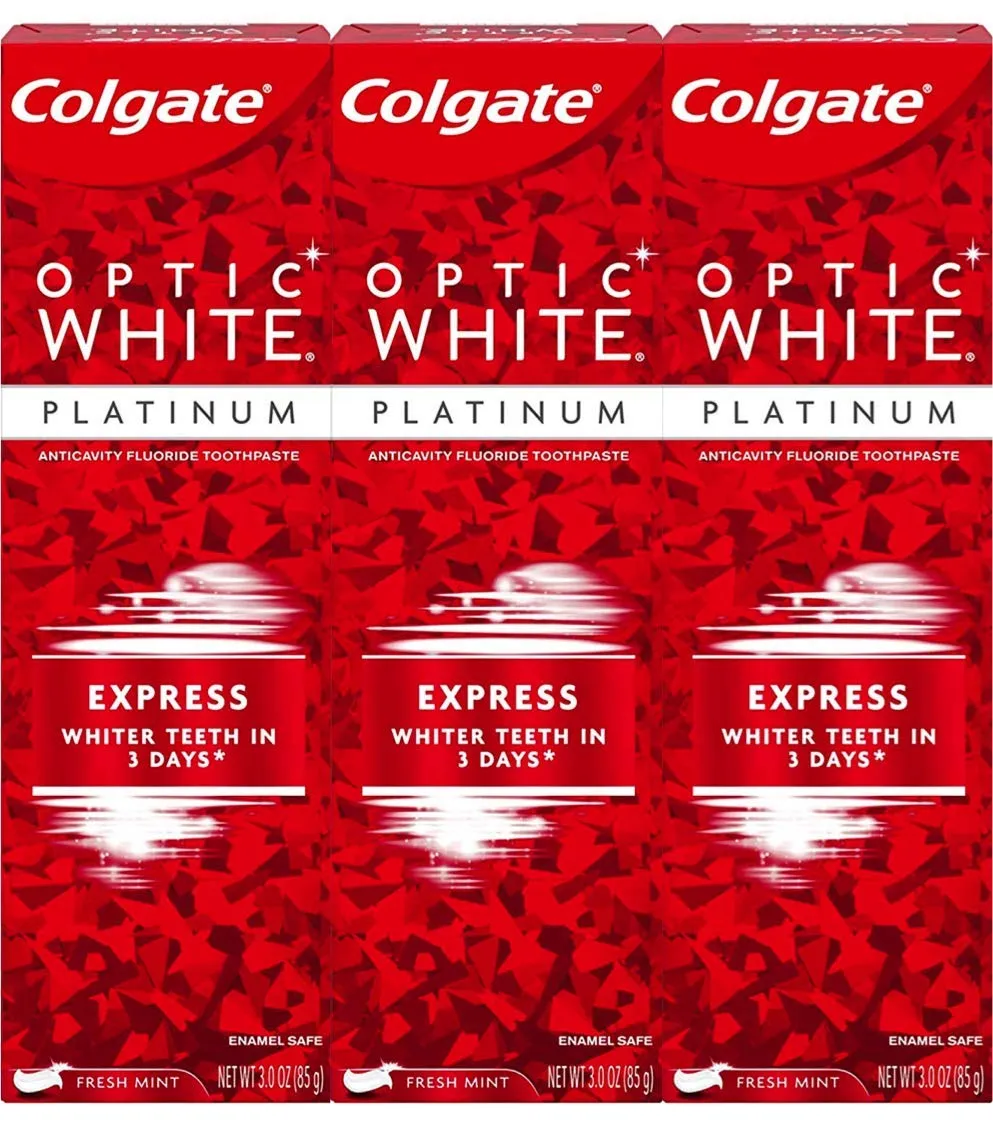Understanding Whitening Toothpaste
Whitening toothpaste is a popular choice for individuals looking to enhance the brightness of their smiles. These toothpastes are formulated to remove surface stains and, in some cases, to provide a degree of internal whitening. Unlike professional teeth whitening treatments, over-the-counter whitening toothpastes offer a convenient and affordable approach to improving the appearance of your teeth. However, it’s important to understand how they work and what to expect in terms of results. This article delves into the specifics of whitening toothpaste, helping you make an informed decision for your oral care routine.
How Whitening Toothpaste Works
Whitening toothpastes primarily use abrasive agents, such as silica, to gently scrub away surface stains. These abrasives help to remove stains caused by coffee, tea, tobacco, and certain foods. Some whitening toothpastes also contain chemical agents, such as hydrogen peroxide or carbamide peroxide, which can penetrate the enamel and lighten the teeth. The effectiveness of these agents depends on their concentration and the duration of use. It’s essential to note that whitening toothpastes do not change the intrinsic color of your teeth, but they are effective at removing extrinsic stains.
Types of Whitening Agents
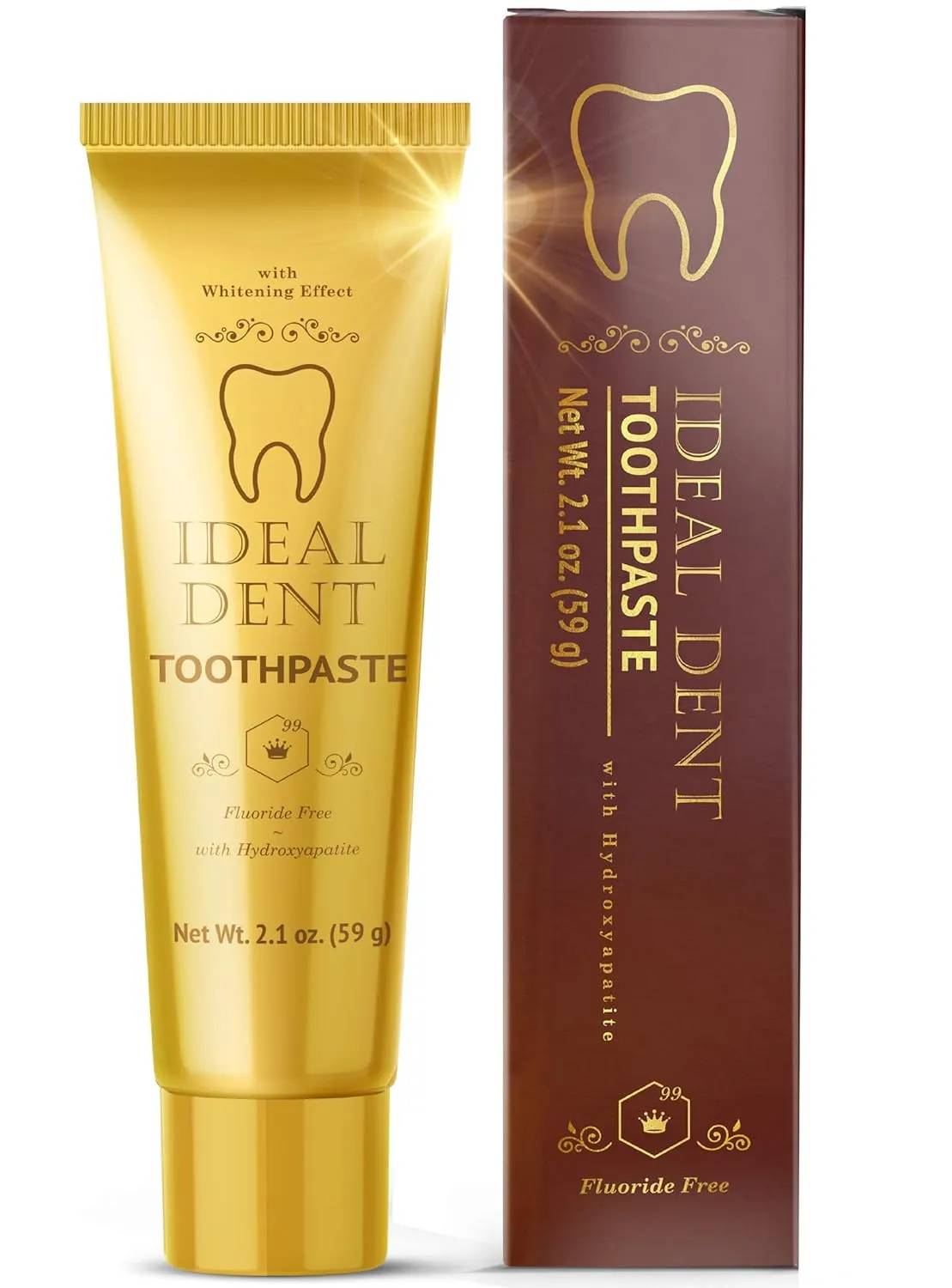
Several types of whitening agents are commonly found in whitening toothpastes. Abrasives are the most common, physically removing stains. Other agents include hydrogen peroxide, a bleaching agent that can lighten the teeth, and sodium tripolyphosphate, which helps to prevent stain buildup. Some toothpastes also incorporate ingredients like activated charcoal, which is believed to absorb stains. The choice of whitening agent and its concentration impacts the toothpaste’s efficacy. Always check the product’s label and consult a dentist for advice, particularly if you have sensitive teeth.
The Benefits of Using Whitening Toothpaste
The primary benefit of using whitening toothpaste is improved aesthetics. Brighter teeth can boost confidence and enhance your overall appearance. Whitening toothpastes are also a cost-effective way to maintain a brighter smile between professional whitening treatments. Regular use can help prevent new stains from forming. Many whitening toothpastes contain fluoride, which strengthens tooth enamel and protects against cavities. However, it’s crucial to manage expectations, as the results may vary depending on the type and severity of stains and your individual tooth shade.
Top 10 Whitening Toothpastes for a Bright Smile
Selecting the best whitening toothpaste depends on your individual needs and preferences. Here are ten highly-rated options to consider, each with unique features and benefits. Remember to consult your dentist before switching toothpastes, especially if you have specific dental concerns.
Toothpaste 1 (Brand A)
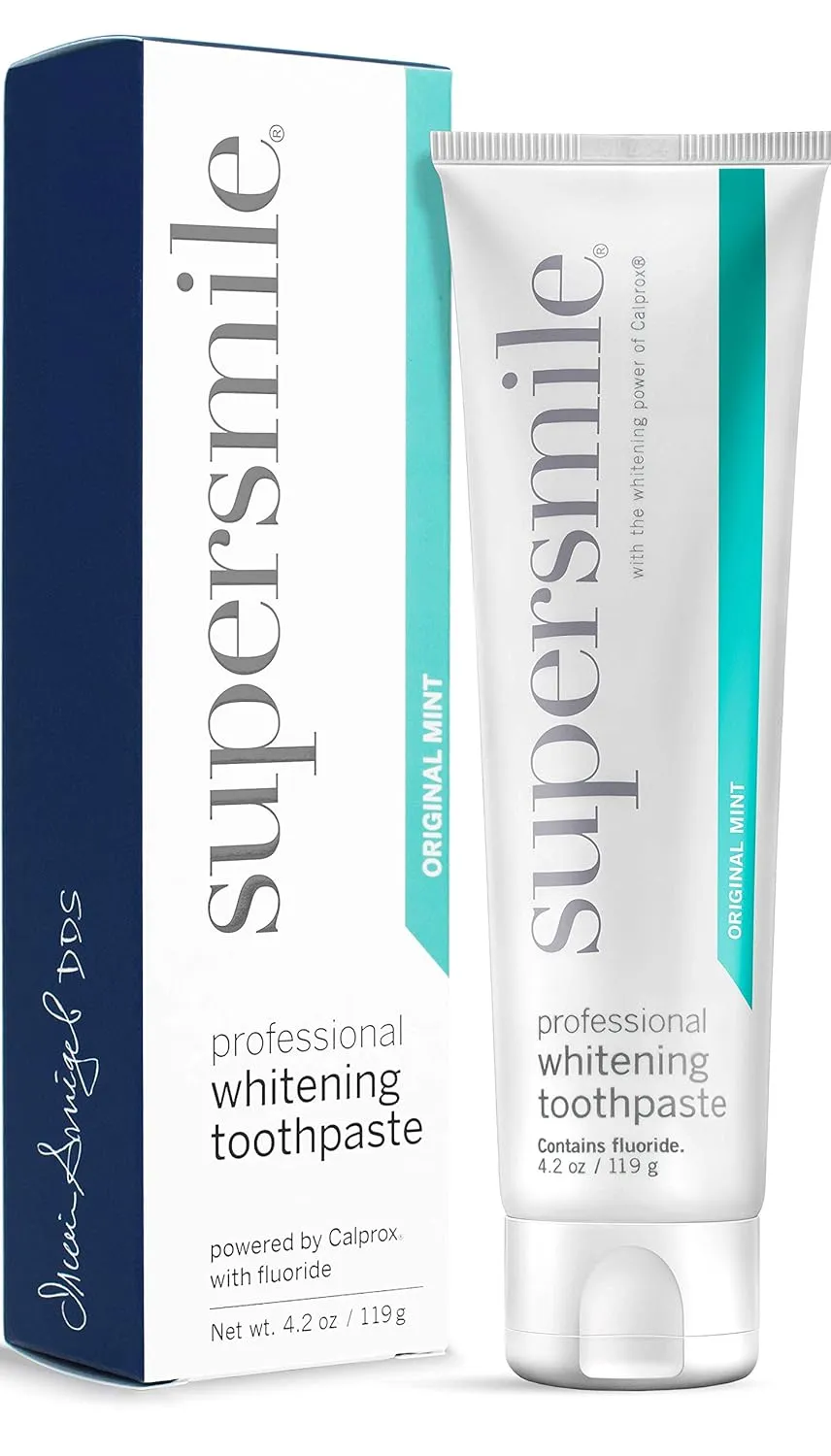
Brand A’s whitening toothpaste is a popular choice due to its effective stain removal and pleasant taste. It often contains a blend of abrasive agents and a mild bleaching ingredient, offering a good balance between whitening and enamel protection. Regular users frequently report noticeable improvements in tooth brightness within a few weeks. This toothpaste is also usually formulated with fluoride, promoting overall oral health.
Toothpaste 2 (Brand B)
Brand B is known for its gentle yet effective whitening action. It typically features a lower concentration of abrasives, making it a good option for those with sensitive teeth. The formula often includes ingredients that help to strengthen enamel while reducing staining. Users appreciate its ability to brighten teeth without causing discomfort. Furthermore, it comes in various flavors to suit different preferences.
Toothpaste 3 (Brand C)
Brand C often incorporates advanced whitening technology, such as specialized stain-lifting particles. This toothpaste is designed to target and remove tough stains from coffee, tea, and tobacco. It often includes ingredients that promote gum health and fresh breath. Many users find it to be a comprehensive oral care solution. However, it is crucial to follow usage instructions to prevent enamel damage.
Toothpaste 4 (Brand D)
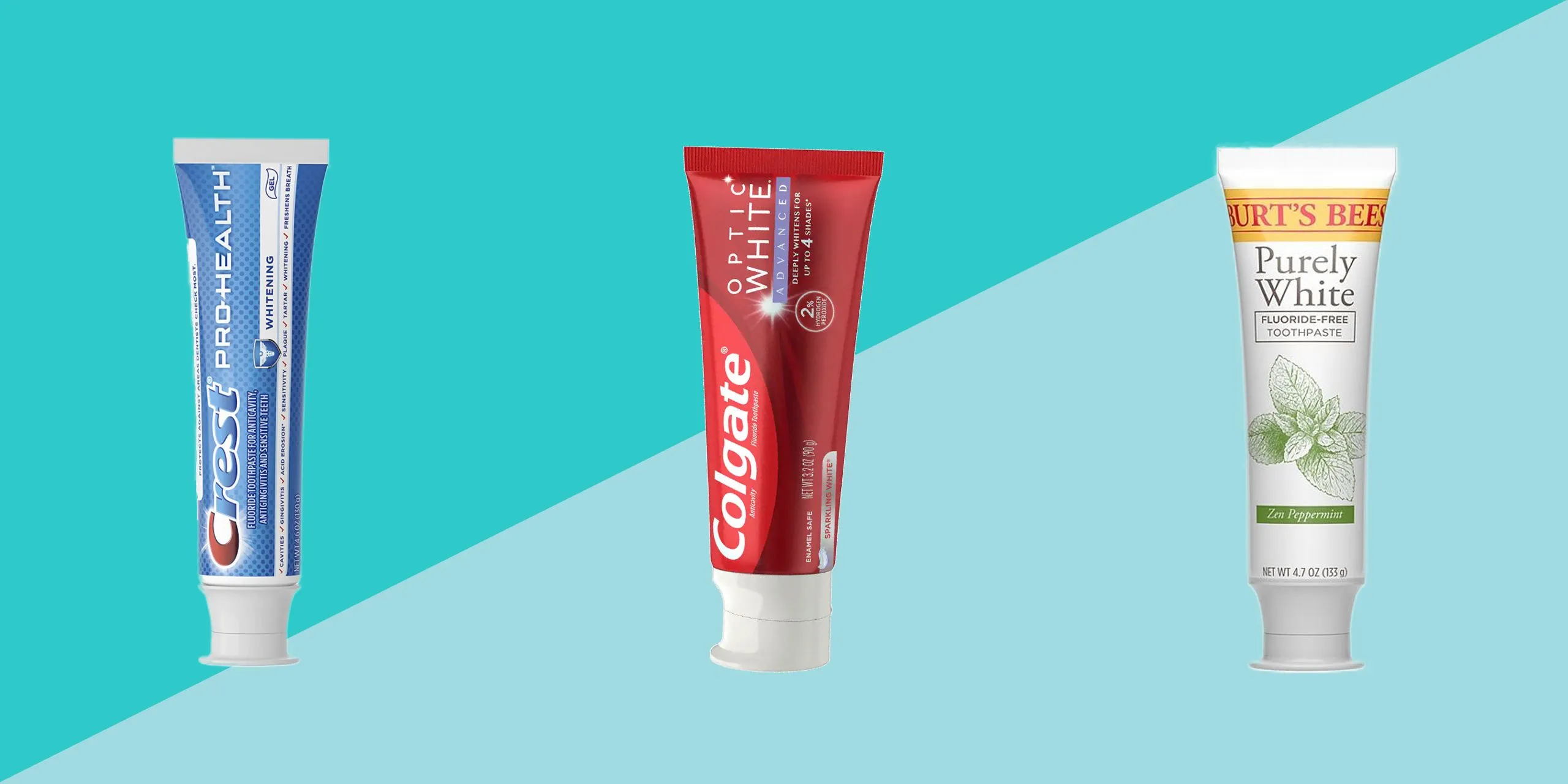
Brand D offers a whitening toothpaste with a focus on natural ingredients. This toothpaste usually includes elements like baking soda and plant extracts, providing a gentle and effective way to whiten teeth. It is a great option for those seeking a more natural approach to oral care. It can also be beneficial for users with sensitivities to harsh chemicals, providing a more balanced approach to whitening.
Toothpaste 5 (Brand E)
Brand E provides whitening toothpaste that often incorporates advanced technologies such as micro-polishing particles for enhanced stain removal. This toothpaste is well-suited for individuals looking for a more aggressive stain-removal approach. It is also formulated with fluoride to protect against cavities. Reviewers often comment on its rapid whitening effect and its ability to maintain fresh breath. However, it may not be suitable for those with overly sensitive teeth due to its strong abrasive properties.
Toothpaste 6 (Brand F)
Brand F’s toothpaste is recognized for its innovative formula, frequently containing unique stain-fighting components. This toothpaste is excellent for individuals looking to effectively remove stains. Many users praise its ability to produce noticeable results within a short period. Furthermore, it is often enhanced with ingredients that promote gum health and fresh breath. However, users should exercise caution and carefully follow usage instructions to prevent potential enamel damage.
Toothpaste 7 (Brand G)
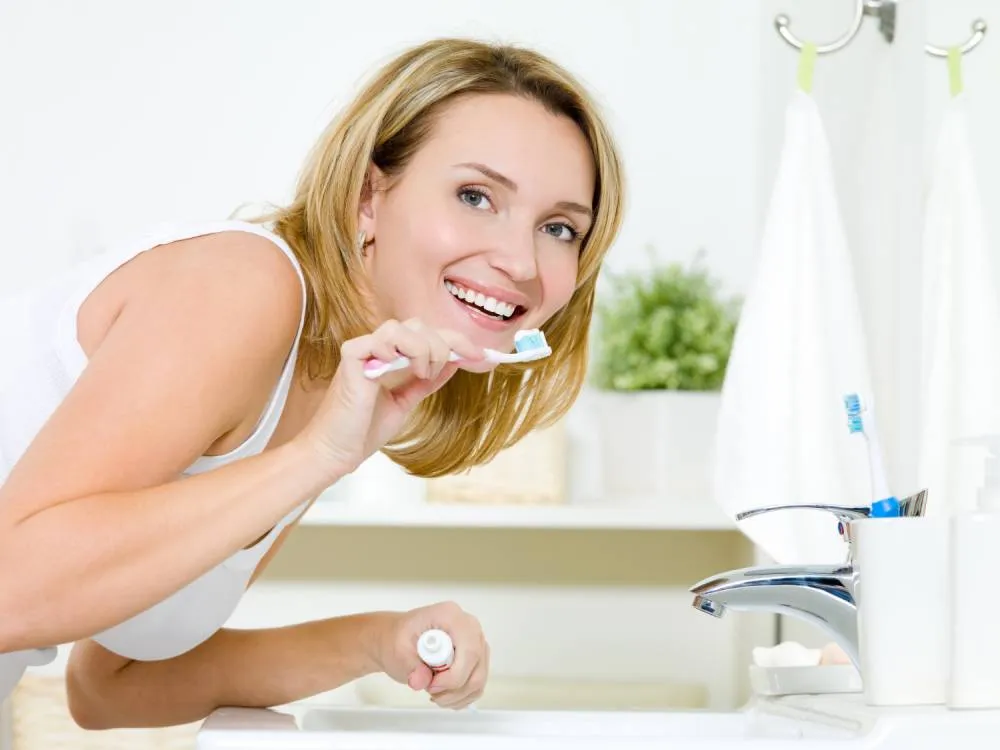
Brand G’s whitening toothpaste is celebrated for its enamel-strengthening properties and effective whitening. This toothpaste usually integrates enamel-strengthening minerals and a mild bleaching agent, offering a harmonious balance between whitening and enamel protection. Regular users often report a noticeable improvement in both tooth brightness and enamel health. This toothpaste is often fluoride-enriched, bolstering overall oral health.
Toothpaste 8 (Brand H)
Brand H offers a whitening toothpaste with an emphasis on sensitive teeth. This toothpaste is normally formulated with reduced abrasive agents and soothing ingredients, making it an excellent option for people with sensitive teeth. It’s designed to brighten teeth while minimizing the risk of discomfort. Many users value its capacity to whiten teeth gently, without causing sensitivity. Additionally, it’s offered in a variety of flavors to suit different tastes.
Toothpaste 9 (Brand I)
Brand I’s whitening toothpaste is appreciated for its ability to lift stains, especially those from coffee and tea. This toothpaste commonly features specialized stain-lifting particles and fluoride. It targets tough stains while fortifying enamel. Many users appreciate its fresh breath promotion. Yet, those with overly sensitive teeth need to follow usage guidelines to prevent any enamel damage.
Toothpaste 10 (Brand J)
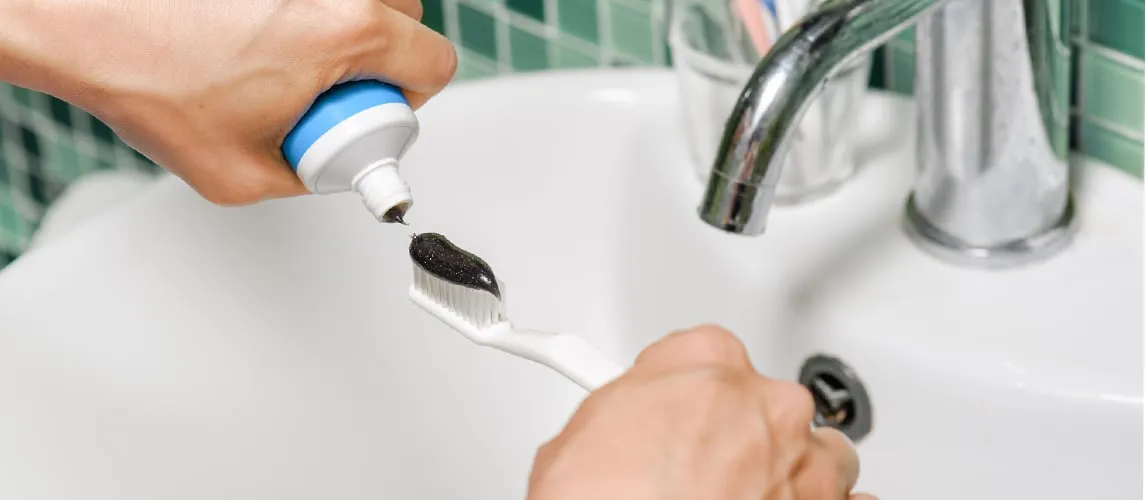
Brand J’s whitening toothpaste often uses a unique combination of ingredients to deliver effective whitening and improve overall oral health. This toothpaste typically includes a blend of abrasive agents and a mild bleaching ingredient, offering a balance between whitening and enamel protection. It is frequently formulated with fluoride, which helps improve oral hygiene. Regular users frequently report a noticeable enhancement in tooth brightness after just a few weeks.
Factors to Consider When Choosing Whitening Toothpaste
Choosing the right whitening toothpaste requires careful consideration. Several factors can impact the effectiveness and suitability of a product for your individual needs. Considering these elements can help you select the best toothpaste for a brighter, healthier smile. Always consult with your dentist to determine the most suitable choice based on your oral health profile.
Ingredients to Look For
When selecting whitening toothpaste, it’s crucial to pay attention to the ingredients. Look for toothpastes containing fluoride for cavity protection and silica or other abrasives to remove surface stains. Consider products with hydrogen peroxide or carbamide peroxide for more significant whitening effects. Ingredients like stannous fluoride can also help reduce sensitivity. Always check the ingredient list for these beneficial components to ensure your toothpaste meets your whitening and oral health needs.
Ingredients to Avoid
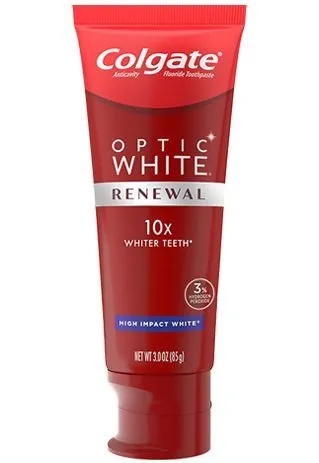
Certain ingredients should be avoided when choosing a whitening toothpaste, particularly if you have sensitive teeth. Toothpastes with high levels of abrasive agents may cause irritation and enamel erosion. Sodium lauryl sulfate (SLS) can cause sensitivity in some individuals. It is often advisable to consult your dentist to address any existing tooth sensitivities or concerns before using whitening toothpaste. Making informed choices can help prevent any potential discomfort and ensure a more positive whitening experience.
Sensitivity and Whitening Toothpaste
Sensitivity is a common concern when using whitening toothpaste. The abrasive agents and whitening chemicals can irritate sensitive teeth, leading to discomfort. To manage sensitivity, choose toothpastes with lower abrasivity and ingredients that help to strengthen enamel. Fluoride can aid in reducing sensitivity. Consider alternating between whitening toothpaste and a desensitizing toothpaste. If sensitivity persists, consult your dentist for further advice and potential solutions.
Using Whitening Toothpaste Effectively
To maximize the effectiveness of your whitening toothpaste, proper usage is essential. This includes adopting correct brushing techniques, maintaining a consistent brushing routine, and integrating complementary dental care practices. Following these guidelines ensures you make the most of your whitening toothpaste and maintain a brighter, healthier smile.
Proper Brushing Technique
Use a soft-bristled toothbrush and brush gently, using small circular motions. Apply gentle pressure to avoid damaging your enamel and gums. Brush all surfaces of your teeth, including the front, back, and chewing surfaces. Ensure that you brush for at least two minutes, following a timer to ensure you’ve covered all areas thoroughly. Good brushing habits are fundamental to effectively using whitening toothpaste and maintaining good oral health. Brushing properly helps to maximize the whitening effects while ensuring your gums and enamel stay healthy.
Frequency of Use
The recommended frequency of using whitening toothpaste is usually twice a day, morning and night. However, it’s essential to follow the manufacturer’s instructions and consult with your dentist, as excessive use can lead to increased sensitivity or enamel erosion. Consistent use is key to achieving the best results, but maintaining a balance is crucial to preserving your oral health. Consistent use will assist you in removing surface stains and keeping your teeth brighter. Always follow recommended frequency guidelines to achieve the best results.
Complementary Dental Care
Complementary dental care practices enhance the effectiveness of whitening toothpaste. Floss daily to remove plaque and food particles from between your teeth. Use mouthwash to kill bacteria and freshen your breath. Consider using a tongue scraper to remove bacteria and improve overall oral hygiene. Regular dental check-ups and professional cleanings are also essential for maintaining optimal oral health. A holistic approach to dental care, combining these practices with the use of whitening toothpaste, yields the most impactful results.
Alternatives to Whitening Toothpaste
If whitening toothpaste doesn’t meet your needs, various alternative teeth-whitening options are available. These alternatives offer different methods and degrees of whitening, suitable for varying needs and preferences. Knowing these alternatives can help you choose the right method to brighten your smile, complementing your oral care routine.
Professional Teeth Whitening
Professional teeth whitening offers the most significant results. Dentists use stronger bleaching agents than those found in over-the-counter products, delivering dramatic improvements in tooth brightness. Treatments include in-office whitening, which is done by a dentist, and take-home whitening kits. While more expensive, professional whitening is safer and produces faster results. Furthermore, dentists can evaluate your oral health before treatment, ensuring you’re a good candidate and addressing any potential concerns. This approach guarantees the best results, customized to your teeth.
Home Remedies and Their Effectiveness
Various home remedies are suggested for teeth whitening, but their effectiveness varies, and some can be harmful. Popular options include baking soda and hydrogen peroxide mixtures, which can remove surface stains. However, overuse can erode enamel. Activated charcoal is another option, though scientific evidence supporting its effectiveness is limited. Oil pulling with coconut oil is believed to reduce bacteria but offers little whitening effect. Always research any home remedy and consult with your dentist. Professional advice ensures safety and the best results.
Conclusion
Whitening toothpaste offers a practical and convenient way to enhance the brightness of your smile. By understanding how these toothpastes work, considering the best options available, and adopting proper usage practices, you can achieve noticeable results. When combined with good oral hygiene habits and professional dental care, whitening toothpaste can be a valuable part of your routine. Remember to consult your dentist for personalized advice and recommendations. Maintaining a healthy and bright smile is an achievable goal with the right approach and commitment.
